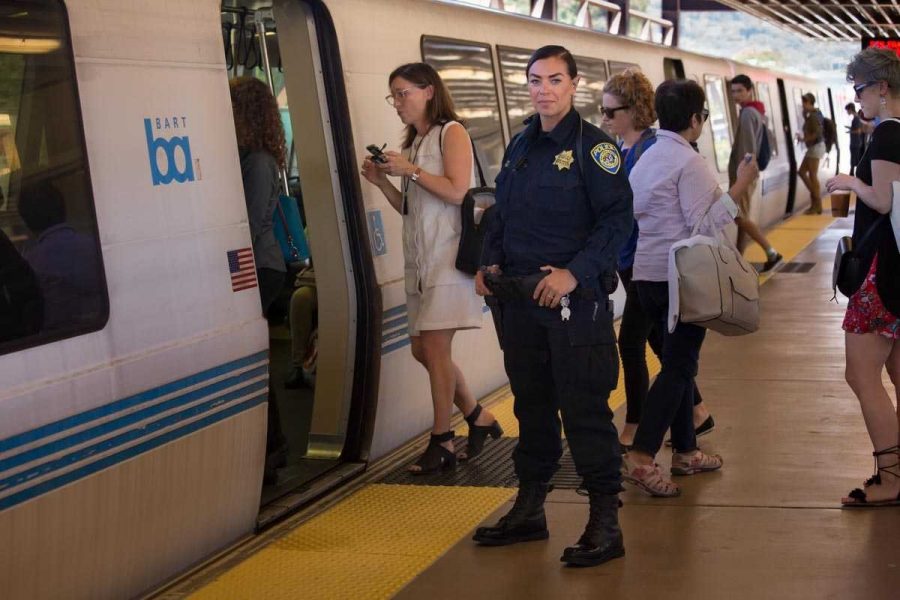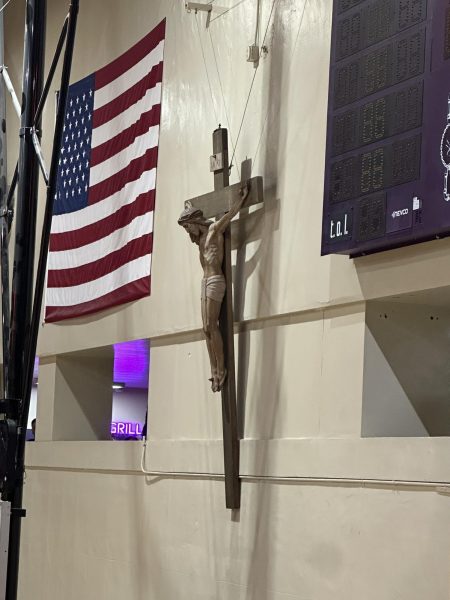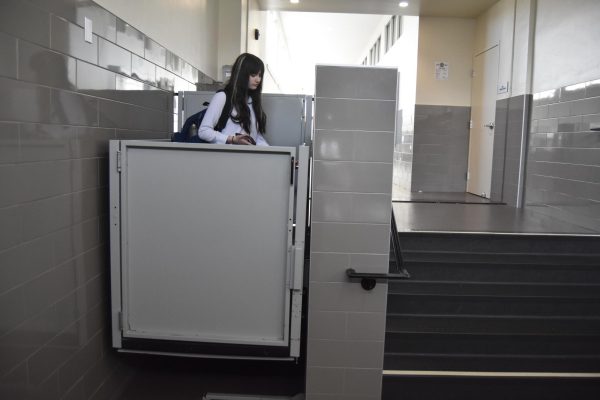Violent incidents leave BART scrambling for solutions
BART has pledged to step up security in the wake of several violent incidents in the system.
December 15, 2018
After multiple violent incidents, BART officials have drawn up a detailed plan to make Bay Area Rapid Transit safer.
BART’s actions will include increasing police presence in BART stations and trains, installing new emergency call systems on platforms, and upgrading surveillance systems.
Installing new security cameras was especially important for BART’s public image, as it was discovered that many cameras in stations and trains were not functional, and were only used to deter possible crime.
BART’s questionable security was first exposed to the greater public after suspect John Lee Cowell, 27, brutally stabbed 18-year-old Nia Wilson and her older sister, Lahtifa, outside of MacArthur station without any clear motive.
The 26-year-old Lahtifa escaped the incident with a stab wound to the neck, but Nia was not as fortunate. Nia Wilson was pronounced dead at the scene with her neck slashed.
Cowell was taken into police custody the day after, and is currently awaiting trial. According to news reports, Cowell was previously convicted on charges of second degree robbery, and was paroled in May. If convicted, Cowell could receive either life without possibility of parole or the death penalty.
Other violent occurrences at BART stations include a triple-stabbing at Coliseum station, the stabbing of two more at MacArthur station, and the assault of a college student at Richmond station.
Richard Ramayla ’21, who takes BART to school every day, said, “BART is always unpredictable. You’re never sure what’s going to happen on any given day,” he said. “I hear about people jumping onto the tracks on the news, and I see people getting into fights sometimes,” he said.
In a news conference, BART’s deputy police chief Lance Haight emphasized that overall BART was “very safe.”
“We have over 400,000 riders a day, and the vast majority of those riders make it from their original station to their destination without any incident whatsoever,” Haight said at a news conference at West Oakland station.
San Francisco’s homelessness and opioid crisis have also negatively affected BART, as stations have become a prime destination for the homeless to take shelter in. In many cases, people often avoid using BART due to the large amounts of homeless people crowding the stations and trains, and the uncleanliness that come with them. BART officials plan to combat this by placing a ban on panhandling in stations and by accelerating the construction of barriers to help cut down on fare evasion.
“They’re people just like us, but they’re just having a harder time,” said Ramayla. “They never bother me, so I make sure to show them the respect they deserve.”













